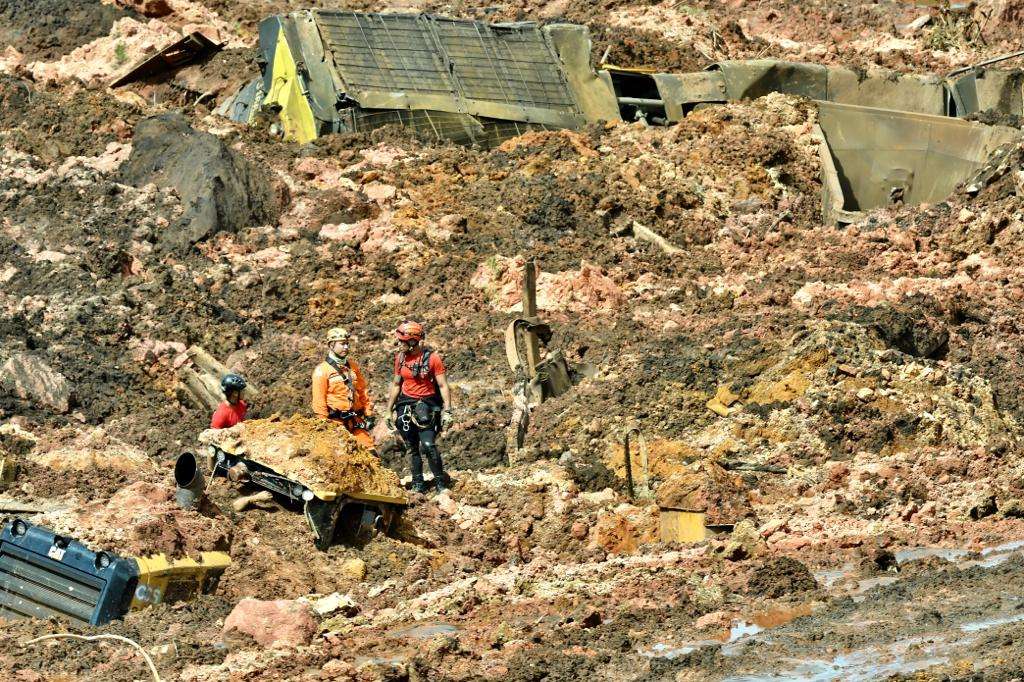Image courtesy of O Tempo
Brazil is recovering from one of the biggest environmental and human tragedies the country has ever gone through. Someone reading this blog post two weeks ago would have probably guessed that it referred to the mining dam collapse in the city of Mariana in 2015. On that occasion the disaster left a trail of 19 people killed, families and communities disrupted, and an ecosystem forever altered. However, someone reading this today is inevitably left to wonder whether it refers to Mariana or Brumadinho, the city where another mining damn collapsed only a few days ago. The footage captures the magnitude of the collapse, showing a huge wave of mud dragging everyone and everything in its way. The death toll is still rising: 121 deaths have already been confirmed, but 226 people remain missing.
The tragedy of Brumadinho has sparked furious reactions in Brazil and abroad. People are mostly enraged at the fact that Vale, Brazilian mining giant, is implicated in both events. The dam that collapsed in 2015 was operated by Samarco, a joint venture between Vale and BHP Billiton. In last month’s collapse, the dam was operated by Vale itself. Vale’s CEO, Fabio Schvartsman, took over the company a couple of years ago adopting a new motto: “Mariana, never more.” Now, while visiting the rescue efforts in Brumadinho, where it seems history has repeated itself, he stated that they would renew the focus on safety, going “above and beyond any national or international standards.”

Much has been said about the need to comply with environmental standards, and now there is talk about occupational safety standards. These are indeed extremely important issues, and they relate to another aspect of the disaster that seems to be less talked about: the health burden imposed on the population as a consequence of the mining dam collapses. In many ways this might be obvious, such as in the injuries sustained by victims and in the fact that the mud is toxic mining waste. The Health Department of the State of Minas Gerais, where both Mariana and Brumadinho are located, alerted people not to ingest food or water that might have been in contact with the mud and to look for medical attention in case of intoxication symptoms.
In other ways, however, the health burden is less obvious. While it is easy to think of health upon the sight of sickness, it is important to recall that the definition of health goes well beyond the absence of disease. Rather, according to the World Health Organization, it is a “state of complete physical, mental and social well-being.” Therefore, the struggle to fully realize the right to the highest attainable standard of health must necessarily address its social determinants, that is, “the conditions in which people are born, grow, work, live, and age, and the wider set of forces and systems shaping the conditions of daily life.” In other words, the tragedies of Mariana and Brumadinho cannot be fully understood without taking into account that the victims’ lives have been forever changed.
Many lost their entire families to the mud avalanche, others had to leave all their possessions behind, or had their livelihoods severely compromised, or had their favorite places completely destroyed. It is not only about itching, diarrhea, or vomit. It is also about having a home, going to school, taking a stroll at the park, spending time with loved ones, etc. The concept of health relates to all of these things, and the promotion of the social determinants of health includes education, economic development, and environmental safety, among others.
In this sense, human rights are interdependent and interrelated. Understanding the concept of health, as defined by international organizations, leaves no doubt that caring for the environment and occupational safety are definitely part of it, as are many other things. Moving forward, when discussing the health consequences of the mining dam collapses, it is important to comprehend the magnitude of the damage—and how long it will take to heal.



